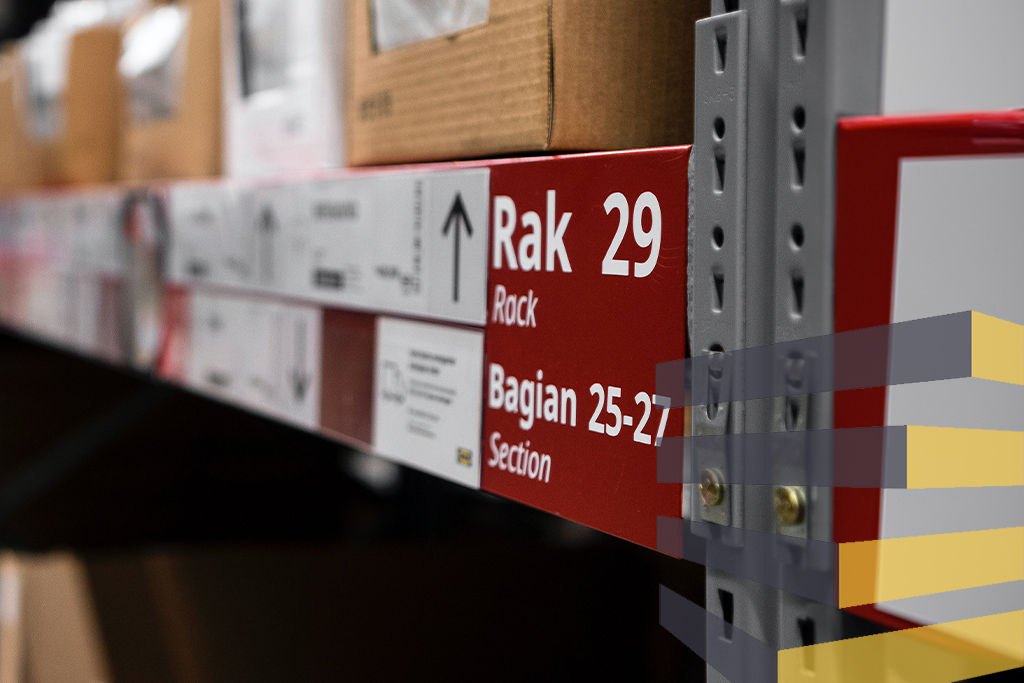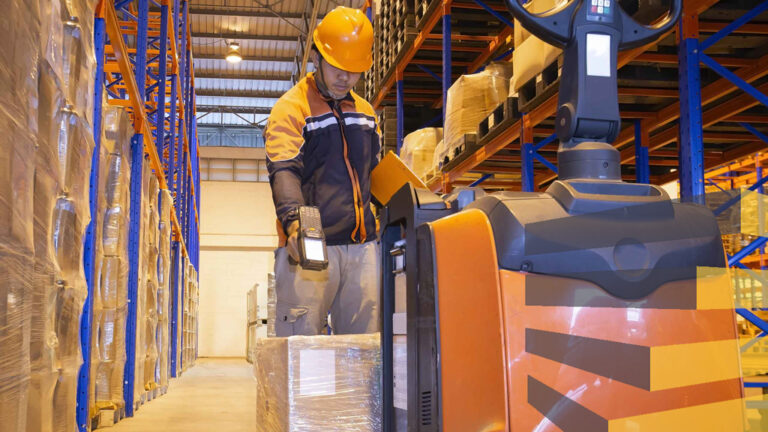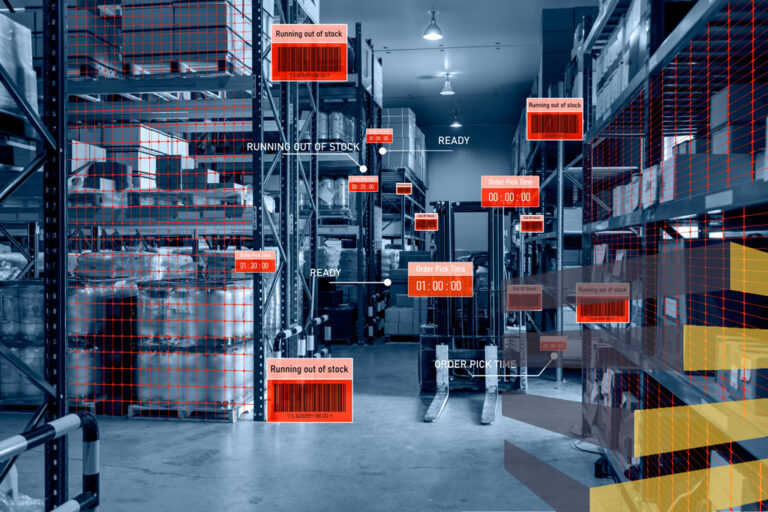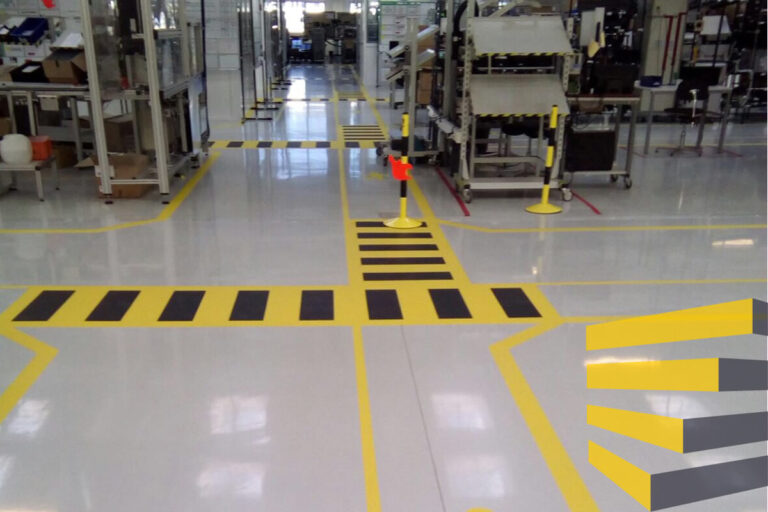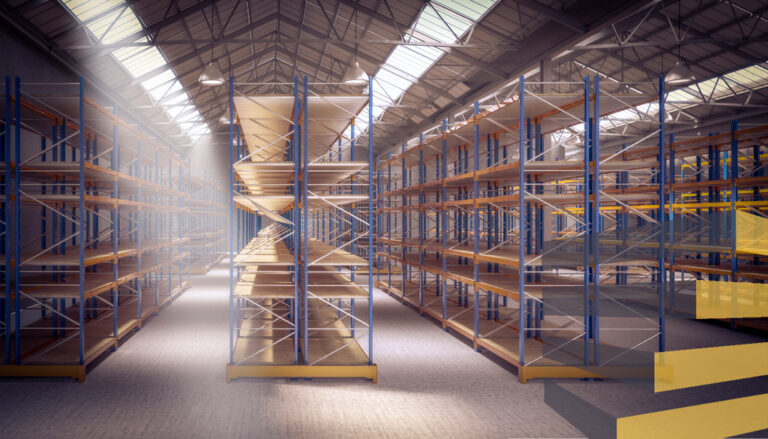Table of Contents
A well-optimized system of warehouse labels can be critical to maintaining efficiency in a logistics business, because they help organize goods and guide people around the facility while picking or engaging in other activities.
Warehouse labels contain key information that not only helps workers locate products and understand the likes of stock levels, but can also inform them of any special considerations for handling or transporting those goods.
When choosing the warehouse labels needed for your logistics business, it is important consider factors such as the type of warehouse you operate, the layout of your space, your budget, and the elements your labels must contain.
Warehouse labels should be durable, and their information easy to read, and it important to establish standards in how information is presented, such as using a warehouse barcode system.
It is worth keeping in mind that warehouse labels will usually be subject to certain standards, such as those established by OSHA in the United States, STPS in Mexico, and ABNT in Brazil. You can also hire an expert to help you choose the best labels for your logistics company.
If you need warehouse labels, contact us.
Choosing warehouse labels
Type of warehouse: The type of labels that will work best for you depends in part on the type of facility you are running. There are many different types of warehouses, from those used for general storage to those with temperature-controlled installations.
For example, a cold storage warehouse will need labeling that resists freezing temperatures, while a smart logistics warehouse will require RFID tags to identify products or materials automatically.
Warehouse layout: the warehouse design layout will help identify how many tags are needed for aisles, floors, and shelves. The number of labels on products will depend on the flow of goods, your storage capacity and dispatch process.
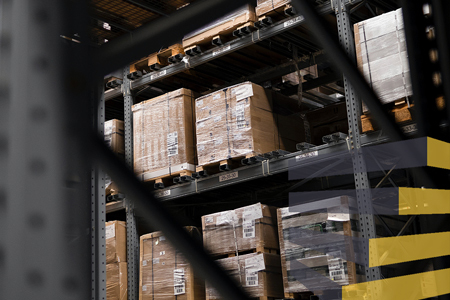
A good distribution network not only streamlines operations and increases productivity but can help minimize expenses related to the placement of warehouse labels by knowing in advance how many and what types are needed.
Budget: as in any project within your business, you need to set a budget to determine the type and quantity of labels available to you. Warehouse labels are made of different materials, such as paper, cardboard, metal, or plastic.
When budgeting for your warehouse labels, you should also consider the cost of printing and placement, whether doing that yourself or working with an expert. Remember that better quality, more durable materials may be more expensive, but they are investments for the future.
Warehouse label characteristics: the labeling system you choose should follow a pattern for easy reading, whether a combination of numbers or letters in ascending order, barcodes, QR, or a mixture of all these items. It should also correspond with the signage within your warehouse.
Warehouse labels should be applied uniformly and consistently regarding materials, fonts, sizes, and colors. You should also consider applying them directly or using a label-holder system.
4 types of warehouse labels
Once you have planned out how much you have to invest in your warehouse labels and where they are going to go, it’s time to consider what they are going to look like. You will likely not use just one type, but rather a range for different areas in the facility.
1) Removable
Removable warehouse labels are an economic and practical solution for many logistics businesses. Some are adhesive, usually made of paper or vinyl with a sticky finish that allows them to go on and off surfaces easily. Others are inserted into plastic or aluminum label holders. These holders can be expensive but durable, flexible, and reusable.
2) Permanent
If you are looking for a more durable solution, choose permanent labels. Because of their nature, they must be placed more carefully than a removable label. Once in place, these warehouse labels adhere firmly to the surface, so removing them could damage or deteriorate the area where they used to be. Permanent labels are usually plastic or paper. However, there are also metallic labels, which are more expensive but more durable.
3) Retroreflective
In warehouses with dim lighting or outdoor storage areas, retroreflective labeling helps enormously, as it glows when hit by even low intensity light. The finish of these warehouse labels allows scanners to read what they contain from a distance. Due to their retroreflective capability, they are often placed on tools, safety equipment, shelves, and products stored at height.
4) Special labels
Warehouses with special conditions require unique labels. As mentioned, for cold storage with perishable foods, medicines, or other products that require low temperatures, it will be necessary to place labels that can survive such conditions. In contrast, an outdoor warehouse will need weatherproof and dustproof labels
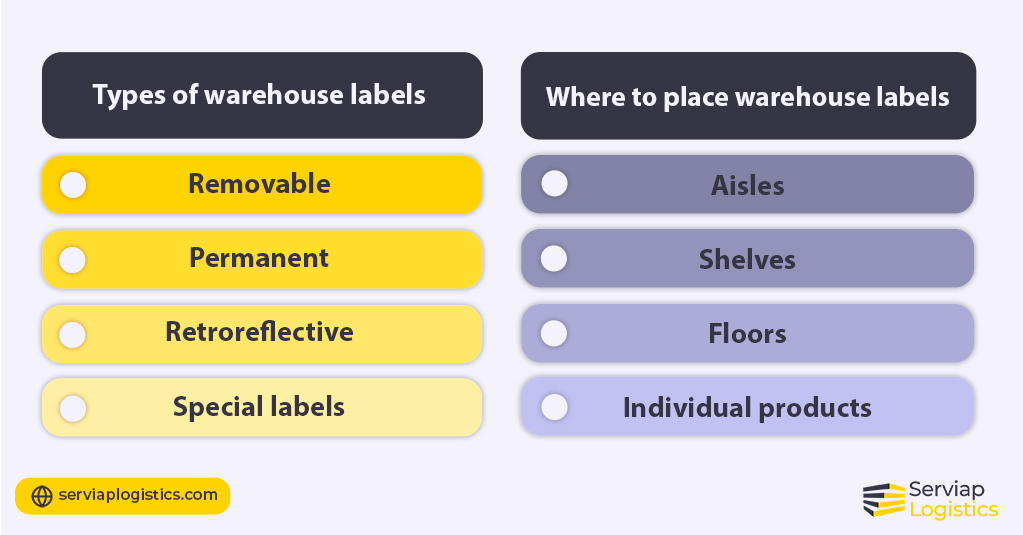
Where to place warehouse labels
Among the most common places to use warehouse labels are the following:
Aisles
An organized and well-distributed warehouse has labels in the aisles. These should be of a size that facilitates viewing from a distance, so it is recommended to place them at a prudent height, on the columns of the shelves or hanging from the ceiling. Labels in the aisles should be easily readable to allow workers to operate at maximum speed.
Shelves
Aisle labels should be combined with shelf labels to make the logistics business more organized. These are usually smaller and contain information about the lot or products stored in a specific warehouse area. Aisle warehouse labels are typically placed on the racks and beams.
Floors
Floor warehouse labels, in addition to floor marking systems, are designed to provide information regarding vehicle circulation, hazardous areas, or vital zones for handling goods. As they are on the floor, they must be of materials that are highly resistant to the continuous passage of vehicles and pedestrians and liquids that are used in industrial warehouse cleaning. To help floor labels last, print them on quality materials or implement plasticized protectors.
Individual products
All goods entering and leaving a warehouse should have an identification label. Product labels should be easy to attach, legible, and contain detailed information. The better they are designed and include the most relevant data, the easier it will be for warehouse or distribution center workers to handle the goods and deliver orders quickly.
How to place warehouse labels
Generally, warehouse labels are adhesive, but those on shelves and aisles often use a label holder system to facilitate their placement and ensure their durability. Here are some of the most common label-holder systems you will find on the market:
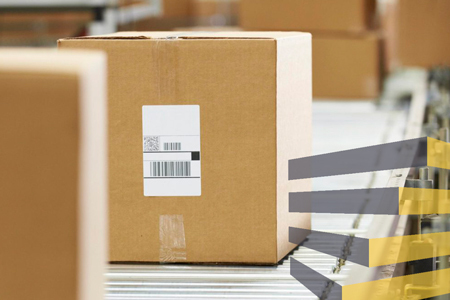
Magnetic: magnetic label holders are made from a PVC frame with magnets that help to attach them to metal shelves. They usually have a transparent plastic protector where the printed label is inserted.
Sliders: these label holders are usually fixed to the shelves and consist of a frame with small openings that allow the labels to slide. For greater durability, some are protected with transparent plastic.
Self-adhesive strips: consist of transparent plasticized strips placed on the shelving beams. Their notches on each side allow the insertion of labels, similar to the sliding label holder system.
Importance of warehouse labels
Warehouse labels are indispensable in any logistics competitive business, as they help to locate products quickly. By containing vital information, they also minimize errors related to product storage and distribution.
A good warehouse label system improves organization within the facility. Thus, with organized aisles, with each merchandise in its place, space is optimized, and every centimeter of storage is used effectively.
Warehouse labels should be designed and placed according to local regulations to maintain safety within the facility, mainly when used in hazardous areas of the logistics business or on products that may harm operators’ health.
When warehouse labels are high quality, legible, and contain the correct information, they become a key part of any logistics company. Labeling systems also help deliver accurate orders on time, resulting in satisfied customers who will come back.
Serviap Logistics supplies warehouse labels
Serviap Logistics supplies and places warehouse labels in Mexico, Brazil, and the United States. We also distribute and install racking and collision protectors and take care of your facilities’ floor marking.
As warehouse experts, our offer is wide-ranging, as it also includes project management in case you want to open a warehouse, renovate it, or change its location, as well as industrial warehouse cleaning services.
Through our years of ding business, we have built a reputation for meeting tight deadlines without sacrificing quality or safety, which has helped us become the trusted partner of some of the world’s largest and best-known companies.
Contact us to find out how we can help you with warehouse labels or any of our other services.


